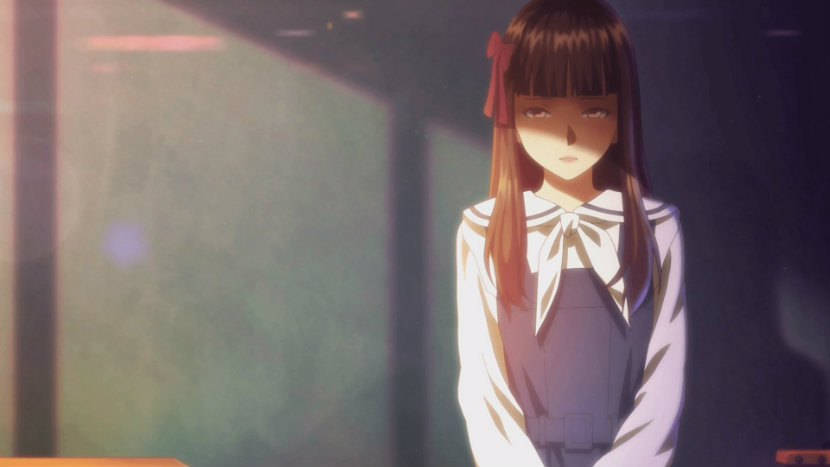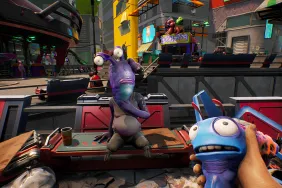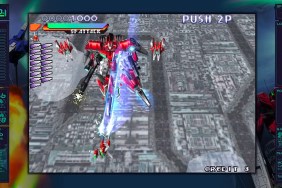It’s amazing to me how practically ubiquitous visual novels are these days. They used to be unheard of in western video game spaces, often referred to as “dating sims,” relegated to porn or fan translations (or both), and definitely not available on consoles. Then the PSP happened and the floodgates opened. Now we’re even getting things like re-releases, visual novels that were so successful the reissues get localized. This is precisely the case with Root Letter: Last Answer, an update to the PS4 and Vita original from Pqube and Kadokawa. This isn’t even a remaster or cross-generational release; Root Letter came out in 2016 for goodness’ sake. Instead, the gimmick here is the entire game has been redone with photographs and video, utilizing real actors as opposed to the original’s manga-like style. This is already a questionable idea on paper, but the execution ain’t great. Luckily, Last Answer also adds new content, and lets you use the original art style.
A Letter Without a Stamp??? Spooky!
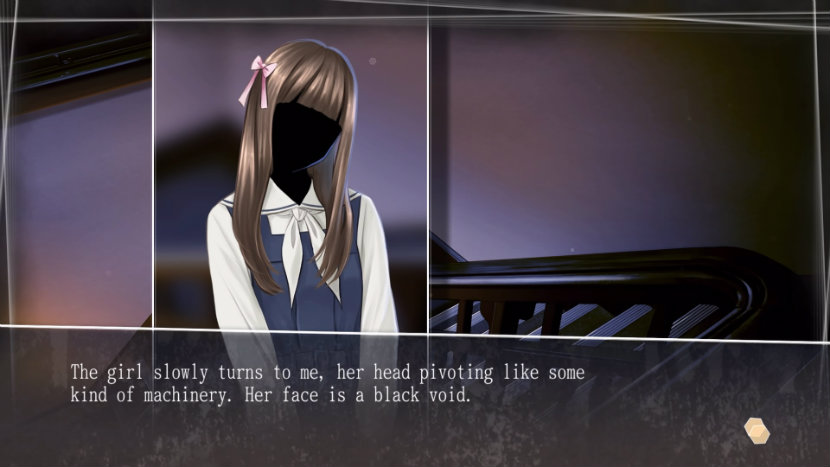
Root Letter is a story that evokes a sort of lost art, the nostalgia centered around having a penpal. The way we communicate now makes the idea pretty obsolete, but for people in their 30s or older, the notion of having steady, long-distance contact with a person you never met can be pretty relatable. But generally speaking having a penpal didn’t involve a murder mystery. Unfortunately for our hero in Root Letter, that’s where things start. The protagonist is going through his old stuff while visiting his parents, and happens upon an old stack of letters. They’re from his old penpal Aya, who ghosted him 15 years ago. But something is off; there’s one more letter than there was before. This letter isn’t postmarked, and its contents should be impossible to forget. Aya says goodbye, telling us she’ll never be heard from again. And that’s because she killed someone.
Our protagonist then takes it upon himself to solve the letter’s mystery and travels to his old friend’s address. Of course, there’s no sign of Aya, and things only get weirder from there. With hardly any clues to go on, and barely any info on the area outside of an airport guidebook, your journey to crack this case won’t be easy. Luckily (sort of) the power of video games is on your side. Thanks to the otherworldly powers of gameplay, solving this nearly impossible mystery becomes much less of an ordeal.
Hunting Pixels for Hidden Clues
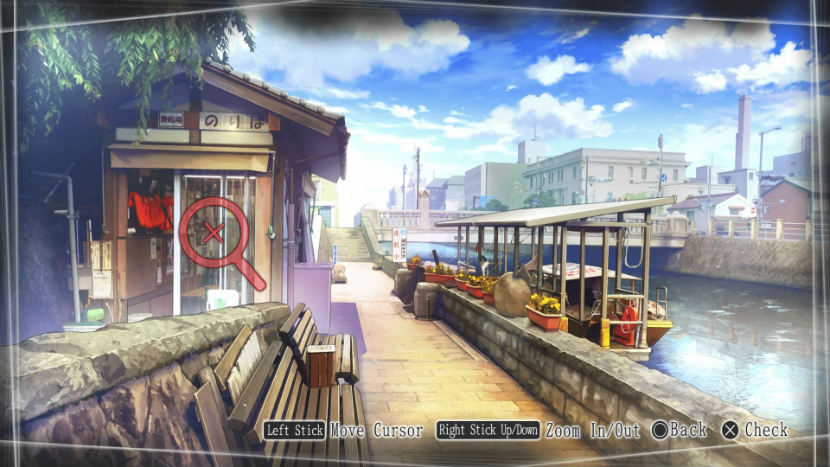
Most of that can be attributed to the “gameplay” aspect of Root Letter largely comprising pointing and clicking. In any given scene, the main challenge is pixel-hunting, or waving the magnifying glass-shaped cursor over the background until it turns red. In this way you gather various clues and take in your surroundings, and since Root Letter often doesn’t let you move away until you have everything you need, it’s all pretty straightforward. Although there are a few annoying hitches.
For example, in an early screen I found myself totally perplexed, as it seemed I had interacted with everything I possibly could. It wasn’t until I clicked on something I had already examined in quiet desperation that I was able to move forward. Despite no obvious visual cues, I was supposed to click on a specific part of this object to get more than some flavor text. This happens more than seldom, and often makes the already pointless-feeling gameplay elements difficult to care about.
But even more obnoxious is a mechanic that looks and feels like a QTE sort of deal, but in reality is just fluff. In these moments, called Max Mode, you get a visual indicator of dialogue choices that fills and empties like a meter in a golf game. If you don’t pick the right choice, you don’t get to proceed. But the wheel of choices never times out, and you don’t get punished for choosing the wrong thing. And when you do pick the right thing, what the protagonist says and what you chose from the menu sometimes have very little to do with each other. That could be down to localization problems, but the disconnect there makes this whole process clumsy and tiresome.
Root Letter: Last Answer, Brought to You by Shutterstock
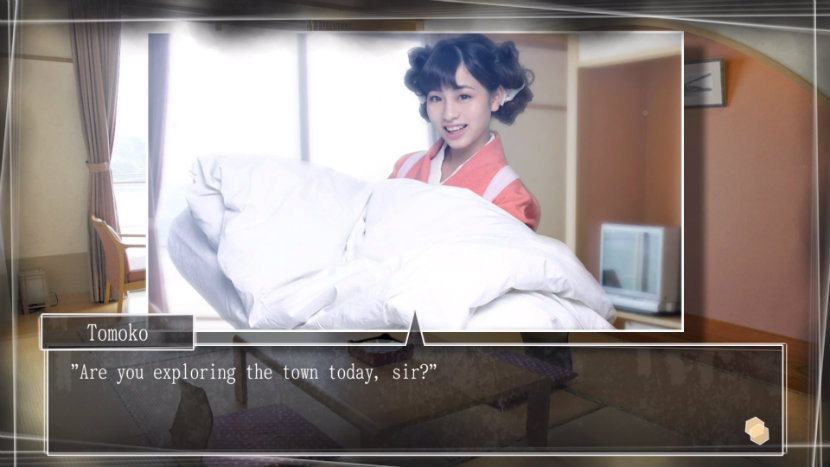
Speaking of clumsy, we should talk about the visuals. Root Letter in its original form is gorgeous. The character and background drawings, with their muted color schemes and soft details, are some of the most impressive I’ve seen in this genre. Rather than screaming “anime” or “low budget,” there’s an air of elegance and warmth to Root Letter’s style that just makes you feel good when you look at it. On the other hand, well, the ostensible main draw for Root Letter: Last Answer is a swing and a miss.
You can swap styles at any time, but Last Answer defaults to drama mode, which replaces all the assets with real life videos and photographs. The aesthetic is very bright and clean, which gives off a similar vibe to J-Dramas, or Japanese serial television. Thus, the label is quite appropriate. However, while some of the live action video footage is fine in a modern FMV game sort of way, the still images look like stock photos you’d expect to see paired with some blocky meme text.
Since most of the story is told with still images, each photograph goes way too far in an attempt to convey emotion. This results in a lot of goofy-looking faces as the actors/models try their best to emote without any motion or additional visual context. While it’s easy to take everything happening at face value when the illustrated art is in use, it’s super hard to take the real-life assets seriously. It isn’t as soulless and cynical as say, the recent artistic void of Disney’s remake suite, but it doesn’t exactly capture the same soul or artfulness of the original. It can be fun to swap back and forth to see how things compare, but if you actually want to be invested in Root Letter, I recommend choosing the original art and never looking back.
I spent a lot of time complaining, but Root Letter is actually really good. While the awkward attempts of inserting video game mechanics into the story are exactly that, the story and art are so well-crafted it’s easy to forget the times when you’re bumbling around with the magnifying glass or linguistically challenged Max Mode sequences. There are multiple endings, and you’ll actually want to try and get as many as you can to really piece together the mystery. And Root Letter: Last Answer adds even more to it, so fans of the original still have a legitimate reason to look into this new version. Just don’t bother with the live action visuals, unless you want to turn this charming light novel into a corny b-movie.
Root Letter: Last Answer review code provided by publisher. Version 1.01 reviewed on a Standard PS4. For more information on scoring please see our Review Policy.
-
Compelling story with good ol' mystery hooks
-
New additions to the story flesh out the bigger picture
-
Clumsy "gameplay"
-
New visuals don't add much and don't look good
